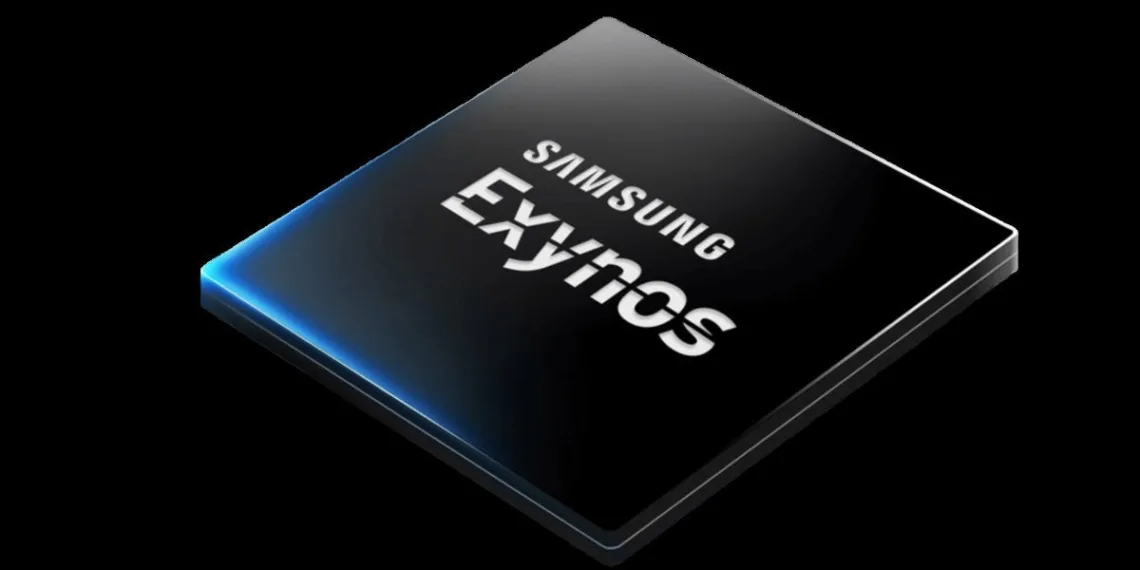According to a recent post, Samsung will soon dump the Xclipse GPU, which it made with AMD, for an in-house solution. It will not be in the near future. The GPU of the Exynos 2500 will most likely continue to be reliant on AMD’s RDNA architecture. However, it may be the final chapter in this story. This GPU stuttered with the launching of the Exynos 2200 and also powers the hall screen of Samsung’s mid-range Exynos 1480.

More About Samsung Exynos 2600
From a particular point of view, it was a huge adversary for Qualcomm’s Adreno. The performance, especially in ray-tracing games, was remarkable. Samsung, on the other hand, is dissatisfied. Rumors about Samsung’s intention to develop its own GPU design have been circulating for about a year, and a reliable source has finally confirmed them.

The leaker suggests that by 2026, the Exynos 2600 will become the first Exynos to debut an “all Samsun in-house-made hardware in-house” GPU, meaning the design and manufacturing processes will occur inside the company. There is talk that Samsung may be preparing to develop its own CPU design as well, although there is still no reliable information. However, such a step will obviously be a long process for the Koreans.
Overall, Samsung’s decision to pivot towards in-house solutions appears to demonstrate the company’s powerful ambition to acquire more possibilities to regulate its chipset technology and depend less on foreign partners. Ultimately, it is expected that this may result in promising innovations with optimal performance, integration capabilities, and a competitive edge in the mobile chipset market.

However, the path to independence on GPU and potentially CPU design is associated with numerous risks and challenges. The creation and enhancement of GPU and CPU architectures are beyond demanding in terms of capabilities and resources, implying that recognition can only be achieved through funding and expenditure of considerable R&D resources.
Therefore, creating one’s architectural design represents a strategic choice ensuring Samsung’s sustained competitive advantage in the chipset market but with certain prerequisites. Whether or not they are reliant on future technical challenges and can assure Exynos high performance and features remains the question.








